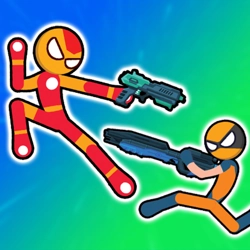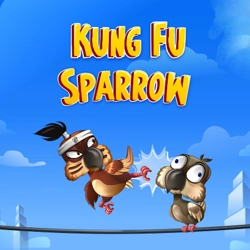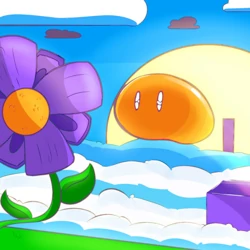Description:
Immerse yourself in the world of color with a game about blocks, a modern take on the time-honored pencil-and-paper classic, Dots and Boxes! This bright, vivid, and superb virtual gaming adaptation holds the potential to engage you for hours on end.In this game about blocks, you are presented with a blank grid, filled with numerous tiny dots. Your task is to join these dots strategically, forming boxes, which become filled with your assigned color once completed. The challenge is that you must outwit a surprisingly sharp-witted computer that is vying to complete more boxes than you. The prime goal of this exciting game is to fill the board with boxes of your color while impeding the computer's efforts to do the same.
As you would expect, the number of dots scattered across the grid directly corresponds to the number of potential boxes that can be created. Each turn allows you to draw a single line between two dots. This game about blocks requires strategic thought and foresight. If you aren't careful, you could end up giving your computer opponent a massive advantage. Articulate planning is crucial in securing victory.
This game about blocks is perfect for those who appreciate a stimulating strategic challenge. It is, on the surface, deceptively simple but underlines a depth of strategy that is addictive and enthralling. As you navigate your way through the varying levels of complexity, the game becomes progressively more challenging.
The aesthetic appeal of the game is another of its selling points. The game about blocks is intricately designed with colorful visuals that can make the gameplay experience even more enjoyable. The boxes you form are rendered in vibrant shades, adding a sense of accomplishment as you fill the grid.
Moreover, what adds another layer to this already complex game of strategy is the interactions with the computer. Playing against a formidable digital opponent keeps you on your toes and ensures that victory in this game about blocks is hard-earned and satisfying.
In conclusion, this game about blocks is not just about placing lines and forming boxes, but it is about the thrill of the challenge, the delight in each victory, and the unexpected stimulation of a simple, classic game transformed into a modern, visually-appealing treat. So, are you ready to grab this challenge and fill the board with your colored boxes?
Instructions:
Click and drag to draw a line between two adjacent dots. You can draw lines horizontally or vertically. If you close a box you score a point and get to take another turn. At the end of the game, the player with the most boxes wins! Try our special QUICK GAME mode to start with a bunch of lines pre-filled and get to the scoring sooner.What are Browser Games
A browser game or a "flash game" is a video game that is played via the internet using a web browser. They are mostly free-to-play and can be single-player or multiplayer.
Some browser games are also available as mobile apps, PC games, or on consoles. For users, the advantage of the browser version is not having to install the game; the browser automatically downloads the necessary content from the game's website. However, the browser version may have fewer features or inferior graphics compared to the others, which are usually native apps.
The front end of a browser game is what runs in the user's browser. It is implemented with the standard web technologies of HTML, CSS, JavaScript, and WebAssembly. In addition, WebGL enables more sophisticated graphics. On the back end, numerous server technologies can be used.
In the past, many games were created with Adobe Flash, but they can no longer be played in the major browsers, such as Google Chrome, Safari, and Firefox due to Adobe Flash being shut down on December 31, 2020. Thousands of these games have been preserved by the Flashpoint project.
When the Internet first became widely available and initial web browsers with basic HTML support were released, the earliest browser games were similar to text-based Multi-User Dungeons (MUDs), minimizing interactions to what implemented through simple browser controls but supporting online interactions with other players through a basic client–server model.[6] One of the first known examples of a browser game was Earth 2025, first released in 1995. It featured only text but allowed players to interact and form alliances with other players of the game.



